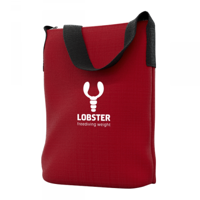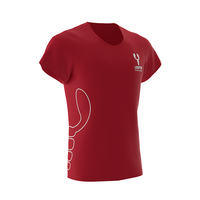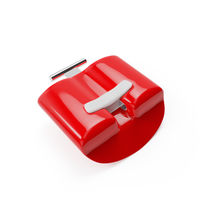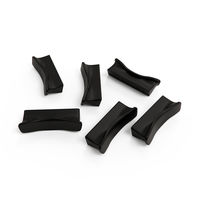One breath diving starts with breating exercises
Underwater breathing requires a lot of training, it takes time for quite every session, and can be well improved by permanent practicing.
Let’s begin from the basics, because these are so important.
Some warm-up, relaxation breathing, the breathe-up cycle and the recovery part. Take a comfortable mat and let’s start!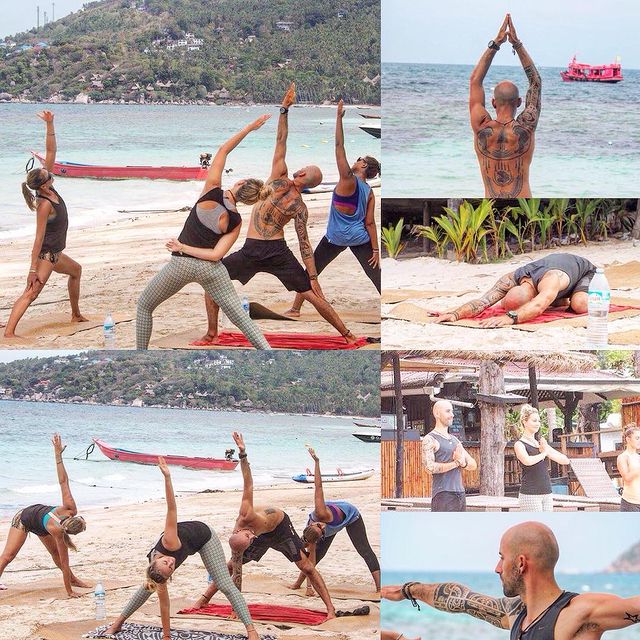 @mattfreediver
@mattfreediver
Warming-up
First of all, you have to do some warm-up by taking a few breaths and moving your arms. Bring them up when inhaled and bring them down when exhaled. Repeat it for 6-8 times.
Try to do it really slow, with nice breathing, don’t rush and don’t try to do it faster. At the last one, take a full big breath, hold it, relax at the exhale and then make a circular movement crossing your torso. Fully exhale and do a little stretching for your diaphragm as well. Then do some warm-up for your shoulders, stretching exercises for the chest and diaphragm. It will offer only positive effects on your freediving abilities.
Start with breathing. When you breathe in, bring your arms up and move them down when breathing out. Repeat 5 times. Take deep the last breath, relax your shoulders and do a few rotational movements forward with your hands, holding your breath. Relax again and repeat the slow breathing moving your hands up and down, then take a deep last breath and do rotational movements backward. Try to be relaxed, fully exhaling at the end.
Relaxation breathing
Known as the way that we prepare for the breath-hold, relaxation breathing can turn into a mild version of hyperventilation - when you start exhaling slowly, creating resistance to your exhale, there are a lot of muscles tensed in this process and the body produces a higher level of carbon dioxide.
Important! The longer you hold your breath and exhale longer, the more you hyperventilate.
To avoid hyperventilation and its risks, relax in a common way: imagine that you sit and read some boring books or watch a boring movie. The way you breathe in this moment is a way of relaxation breathing.
It means that you don’t keep attention on this process and you are trying to be as relaxed as possible - slightly inhale as much as your body takes and passively exhale. Make sure that all your muscles are relaxed, especially the muscles around your eyes, your jaw, neck and shoulders. Breathe the same way you do when you fall asleep. Slowed in, relaxed out.
Just keep it natural and you can go safe for the next phase.
Breathe-up
- Start in a comfortable position. Take in a big breath using your belly muscles and place the right hand on your belly and the left hand on the chest. Exhale and take a deep breath for 2 seconds. Repeat for 6 times. Make sure your chest rests completely flat.
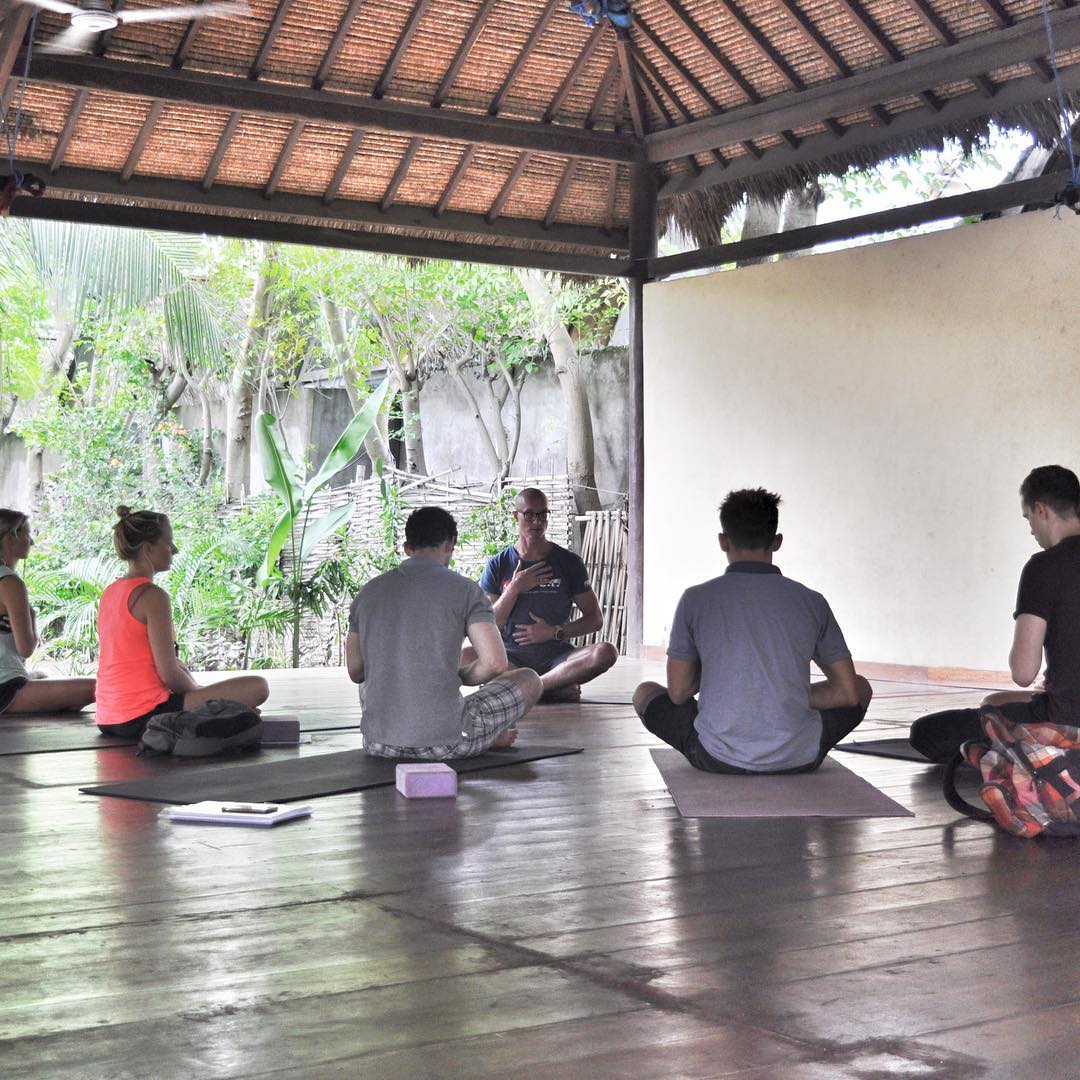 @freedivegili
@freedivegili - Next step is to involve the chest muscles, by holding your belly flat and taking a breath into your intercostal space. Repeat 6 times.
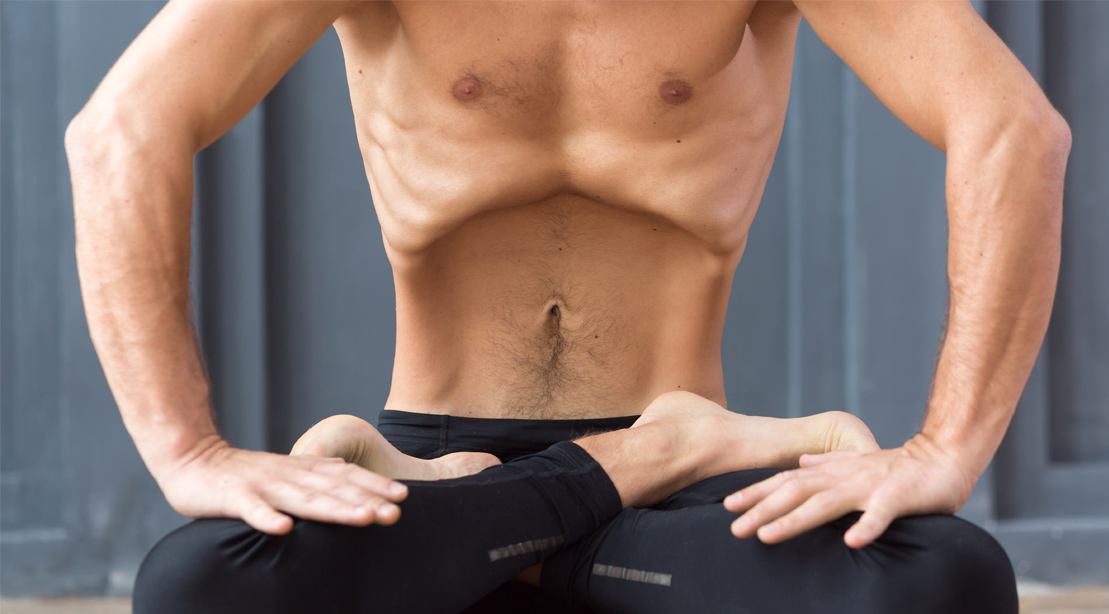
- Take a deep breath in your chest and shoulders, exhale and repeat 6 times.
When you do this 3 section breathing, try to be completely relaxed and focus on which part of the body is taking the air in. We finish this exercise with a combination of all of these three. Start with the belly. When you take a full inhale, hold this position for above 5 seconds and try to focus on your relaxation.
Exhale slowly over 10 seconds, fully taking the air out of your body. Hold for 2 seconds. Repeat this cycle from 5 to 10 minutes.
Doing the breathe-up cycle could be a perfect way to relax in stressful situations in your daily life. If you are feeling stressed and you have a need to calm your spirit, just do some breathe-up exercises. Just take a few minutes to yourself and you’ll find that this technique will really help you out.
@maverick2go
Recovery breathing
There are a few variations on how to do a recovery breathing and the most common are with hook breathing or without hook breathing.
1 - fully inhale, hold for a second, passively exhale.
2 - fully inhale, passively exhale (missing the holding part)
Also you can try a more complex type of recovery, whether you are intermediate or advanced.
- Make sure you have something to hold onto and your nose and mouth aren’t below the water
- Shortly exhale a small quantity of air
- Take a quick, deep breath in with a wide open mouth
- Close it for 1 count
- Exhale a small, gentle breath
- Repeat the steps for at least 30 seconds and make sure you are fully recovered.
If you are a beginner or intermediate freediver, you want to create certain habits on your subconscious level. Every time you do a breath hold, no matter how much from your maximum it is, come up and do your recovery breathing before you get out of the water or even talk to your friend.
It is very important to focus on your recovery process. Don’t talk and don’t let other things distract you. Be as relaxed as possible. Your partner should watch you as long as you’re at the surface (at least 30 seconds). Let the recovery breathing become an automatic process and don’t forget to do it after every dive, no matter how short or shallow your dive was.
Start to practice the exercises within a short time, then increase each training section with 15 seconds. Sooner or later, you will achieve the level of 10 minutes for each phase of your breathing training.
Don’t forget about stretching!
- The diaphragm exercises have a lot of benefits for freedivers if you practice regularly.
Fully exhale and bring your diaphragm up and keep in an up position, creating a vacuuming effect. Hold it as long as possible and repeat it for 5 times. This exercise will improve your flexibility of the muscles. There’s no need to rush the breath. It’s important to rest between stretching reps. It will help to hold your air longer and stretch longer, otherwise every next repeat will be smaller.
Note! Do this exercise with an empty stomach. As soon as you start doing this, you’ll understand why :)
- A good way to train the intercostal muscles is to breathe deeply, exerting pressure on the ribs. Put your hands on the lower level of your ribs and gently press them while taking a deep breath. You are going to work against expanding intercostal muscles. Continue to press the ribs while exhaling. Imagine that you help your lungs to decrease in size.
Remember that the pressure is going to be constant!
Now you are ready!
Repeat these exercises day by day to make sure you’ll have a safe free diving experience!
Share with us your tips! So what is your training routine made of?
One breath diving starts with breathing exercises
Underwater breathing requires a lot of training, it takes time for quite every session, and can be well improved by permanent practicing.
Let’s begin from the basics, because these are so important.
Some warm-up, relaxation breathing, the breathe-up cycle and the recovery part. Take a comfortable mat and let’s start!
Relaxation breathing
Known as the way that we prepare for the breath-hold, relaxation breathing can turn into a mild version of hyperventilation - when you start exhaling slowly, creating resistance to your exhale, there are a lot of muscles tensed in this process and the body produces a higher level of carbon dioxide.
Important! The longer you hold your breath and exhale longer, the more you hyperventilate.
To avoid hyperventilation and its risks, relax in a common way: imagine that you sit and read some boring books or watch a boring movie. The way you breathe in this moment is a way of relaxation breathing.
It means that you don’t keep attention on this process and you are trying to be as relaxed as possible - slightly inhale as much as your body takes and passively exhale. Make sure that all your muscles are relaxed, especially the muscles around your eyes, your jaw, neck and shoulders. Breathe the same way you do when you fall asleep. Slowed in, relaxed out.
Just keep it natural and you can go safe for the next phase.
Breathe-up
- Start in a comfortable position. Take in a big breath using your belly muscles and place the right hand on your belly and the left hand on the chest. Exhale and take a deep breath for 2 seconds. Repeat for 6 times. Make sure your chest rests completely flat.
- Next step is to involve the chest muscles, by holding your belly flat and taking a breath into your intercostal space. Repeat 6 times.
- Take a deep breath in your chest and shoulders, exhale and repeat 6 times.
Exhale slowly over 10 seconds, fully taking the air out of your body. Hold for 2 seconds. Repeat this cycle from 5 to 10 minutes.
Doing the breathe-up cycle could be a perfect way to relax in stressful situations in your daily life. If you are feeling stressed and you have a need to calm your spirit, just do some breathe-up exercises. Just take a few minutes to yourself and you’ll find that this technique will really help you out.
Recovery breathing
There are a few variations on how to do a recovery breathing and the most common are with hook breathing or without hook breathing.
1 - fully inhale, hold for a second, passively exhale.
2 - fully inhale, passively exhale (missing the holding part)
Also you can try a more complex type of recovery, whether you are intermediate or advanced.
- Make sure you have something to hold onto and your nose and mouth aren’t below the water
- Shortly exhale a small quantity of air
- Take a quick, deep breath in with a wide open mouth
- Close it for 1 count
- Exhale a small, gentle breath
- Repeat the steps for at least 30 seconds and make sure you are fully recovered.
If you are a beginner or intermediate freediver, you want to create certain habits on your subconscious level. Every time you do a breath hold, no matter how much from your maximum it is, come up and do your recovery breathing before you get out of the water or even talk to your friend.
It is very important to focus on your recovery process. Don’t talk and don’t let other things distract you. Be as relaxed as possible. Your partner should watch you as long as you’re at the surface (at least 30 seconds). Let the recovery breathing become an automatic process and don’t forget to do it after every dive, no matter how short or shallow your dive was.
Start to practice the exercises within a short time, then increase each training section with 15 seconds. Sooner or later, you will achieve the level of 10 minutes for each phase of your breathing training.
Don’t forget about stretching!
- The diaphragm exercises have a lot of benefits for freedivers if you practice regularly.
Fully exhale and bring your diaphragm up and keep in an up position, creating a vacuuming effect. Hold it as long as possible and repeat it for 5 times. This exercise will improve your flexibility of the muscles. There’s no need to rush the breath. It’s important to rest between stretching reps. It will help to hold your air longer and stretch longer, otherwise every next repeat will be smaller.
Note! Do this exercise with an empty stomach. As soon as you start doing this, you’ll understand why :)
- A good way to train the intercostal muscles is to breathe deeply, exerting pressure on the ribs. Put your hands on the lower level of your ribs and gently press them while taking a deep breath. You are going to work against expanding intercostal muscles. Continue to press the ribs while exhaling. Imagine that you help your lungs to decrease in size.
Remember that the pressure is going to be constant!
Now you are ready!
Repeat these exercises day by day to make sure you’ll have a safe free diving experience!
Share with us your tips! So what is your training routine made of?
